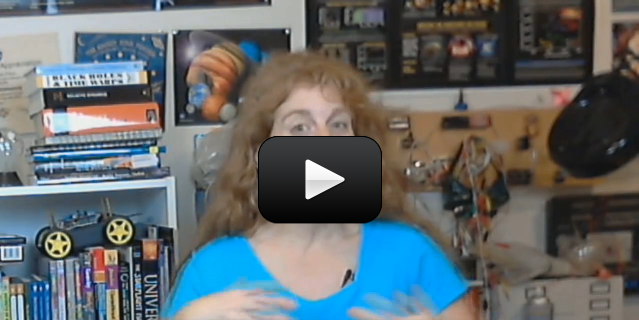When two blocks of the Earth slip past each other suddenly, that’s what we call an earthquake! From a physics point of view, earthquakes are a release of the elastic potential energy that builds up. Most energy is released as heat, not as shaking, during an earthquake. 90% of all earthquakes happen along the Ring of Fire, which is the active zone that surrounds the Pacific Ocean.
Please login or register to read the rest of this content.


We have almost no direct knowledge of anything beneath the crust — all of our data is inferred from the seismic waves of earthquakes bouncing off the various layers, and from various bits of the Earth’s interior that bubble up to the surface, such as volcanic magma.
How do we know the earth’s crust is only 30 miles deep, if we have only drilled to 6 or 7 miles deep?
Some kinds of lava do actually have some natural radioactivity. Granite – which is formed when magma cools – can contain radioactive elements such as potassium, uranium, and thorium in higher concentrations that the rest of Earth’s crust. This natural radiation isn’t dangerous.
why isn’t lava radioactive if it touches a radioactive iron core?-Gabe williamson
There are four links after the last paragraphs of explanation under the video – do you see them?
where is the seismograph work sheet for this video?
What are the other kinds of rock that give off a voltage when you smack them with a sledge hammer?
-Olivia